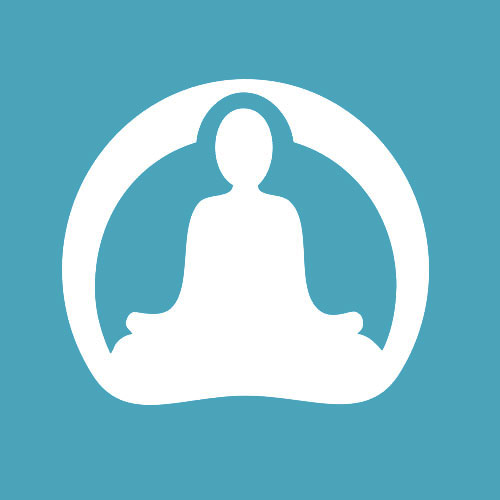A note from our editor:
Here at DoYogaWithMe we love our massage balls! You’ll find them around our houses, offices, and studios–often mixed in with our yoga props, our kids’ and pets’ toys, and on our desks. I certainly love to use my massage ball collection in the sauna, and I’m surprised they haven’t broken more items in my house considering the amount of times my sons have thrown them at each other!
The kind folks at Tune Up Fitness have shared the informative article below with us, so that you can make the most out of your therapy ball experience. You’ll also find a great new class with our founder, David Procyshyn, in which he guides you through using these tools to release your hips and low back.
We truly hope these will be as great of an addition to your yoga and self-care
practice as they are to ours!
Julia Crouch
USING MASSAGE BALLS TO RELIEVE ACHES & PAINS AND IMPROVE MOBILITY
by Erin Hoien, Tune Up Fitness
Self-massage, also known as self-myofascial release, relieves aches and pains, enhances breathing, reduces stress, and improves your posture and performance. To understand how it works, you must first understand that the body is made up of multiple layers of connective tissue called fascia that weaves and winds its way around every part of your body’s parts, connecting (and separating) you from head to toe.
Using Massage Balls for self-massage helps improve the slide and glide between the fascial layers, translating into ease of movement, release of tension, and reduction of discomfort. Even better is when a massage ball has a grippy texture that helps by gently locking into all the tissue layers, from the surface of the skin to the spongy superficial fascia underneath and further within towards the deep fascia. As the ball(s) roll along the skin, it creates what is called “shear” meaning that it heats, calms, and lengthens the targeted and associated tissues.
IT DOESN’T HAVE TO HURT TO WORK
Remember when working with your body’s tissues, “It doesn’t have to hurt to work.” Your tissues are soft and often under a tremendous amount of tension. Going ‘all out’ to achieve relaxation can leave you sore and bruised the following day, exactly the opposite of your goal.
Research shows that the body’s tissues respond better to a soft tool that gently entices your muscles into relaxation. Harder tools tend to switch on the flight or fight response resulting in muscle bracing (contracting) to protect themselves against a threat.
PAIN: DIFFERENTIATING PAIN SIGNALS
We all perceive pain differently in our bodies and it can be difficult for many people to distinguish between “pain” and “sensation.”
The following are some signs that you might be moving toward pain signals where you should look to modify how and/or where you are rolling by using lighter pressure (perhaps by leaning against a wall instead of lying down) or shifting ball placement location.
- Clenching jaws or hands
- Short or shallow breathing
- Tension in the entire body
- Tingling, burning or numbness
- ‘Shooting’ pains or ‘electric’ feelings
- A sense of panic or overwhelm
Self-massage will most likely be accompanied by some sensation, especially when just starting a rolling practice. You may be touching areas that have long been ignored. Ideally, you want to avoid pain signals (above) but might get curious about ‘tolerable discomfort,’ exploring your edge of sensation without tipping over into anguish. Here are some ways to know you’re moving in the right direction.
- A feeling of gentle fluidity or heat in the tissues being rolled
- An overall feeling of relaxation
- Less pain throughout your entire body
- Deeper breath with less effort
- Whole body tension dissolves
AREAS TO AVOID
While using self-massage balls is good for most body areas, there are some areas you want to avoid.
- Inguinal ligament – connective tissue in the front of your pelvis
- Xiphoid process – the lower part of the sternum made of cartilage
- Throat/Trachea
- Median nerve near your carpal tunnel aka underside of your wrist
- Coccyx (tailbone)
- Sciatic Nerve – large nerve running from your low back, through hips and buttocks and down the leg
Whether you are a yogi, an avid athlete, or trying to remain pain-free and mobile, using massage balls is an easy way to help you quickly and efficiently avoid injury and stay active.
VIDEOS TO HELP YOU GET STARTED
Here’s a great resource of videos to guide you through multiple body areas using massage balls.
And of course, David’s massage ball class as shared above!




Comments
Existing Comments